‘Brownlow Hill ‘
A REGENERATIVE AGRICULTURE CASE STUDY
HISTORY REMADE ON BROWNLOW HILL ESTATE
This is the story of an historic farm which almost failed. It’s a story which goes back 200 years, when the pasture at Brownlow Hill, just near Camden, supplied Sydney with milk.
A number of crises, including the deregulation of the dairy industry in the 1990’s and the threat of Coal Seam Gas exploration, forced Edgar and Lynne Downes to drastically review how they farmed.
This case study tracks the ecological, production and social changes on the property over the entire period.
Camden, NSW
FARM FACTS
ENTERPRISE: Dairying, beef cattle, lucerne cropping, Bio Banking
PROPERTY SIZE: 1,215 hectares
AVERAGE ANNUAL RAINFALL: 715 mm
ELEVATION: 87 m
MOTIVATION FOR CHANGE: Deregulation of the dairy industry; possibility of Coal Seam Gas extraction; urban encroachment
INNOVATIONS
- Natural Sequence Farming; organic fertlisers for pastures including poultry manure, horse manure, sawdust, straw and urine on lucerne paddocks; pilot farm for Bio Banking; organic practices
KEY RESULTS
- Increased sustainable revenue from lucerne, beef, dairy, Bio Banking, and entertainment venue, and reduced costs due to cessation of all chemical use and regenerative practices
Introduction
Brownlow Hill is one of Australia’s most significant early agricultural and settlement sites, providing opportunities for research into change and development over more than 200 years. It was the first dairy farm to serve the fledgling settlement of Sydney. Current ownership and occupation stems back almost 160 years. The whole property has been heritage listed and will never be developed for housing.
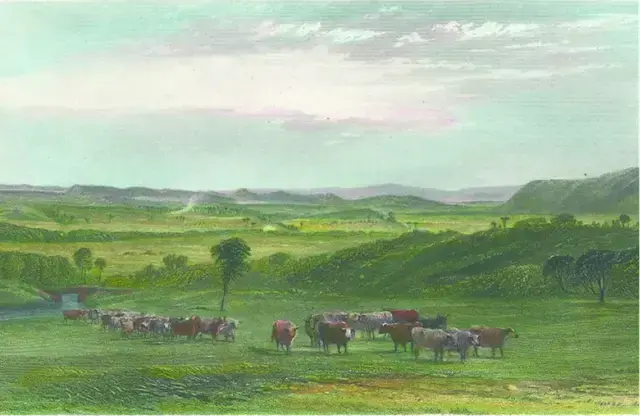
An early view of the cow pastures (Engraving by Arthur Willmore, National Library of Australia)
Soils For Life visited Brownlow Hill Estate several times during 2018, just as the widespread drought which affected New South Wales and Queensland tightened its grip. However, the river flats and alluvial woodland on the lower sections of the farm were proving resilient, as a result of the intensive integration of stable waste and organic fertlisers applied over 12 years.
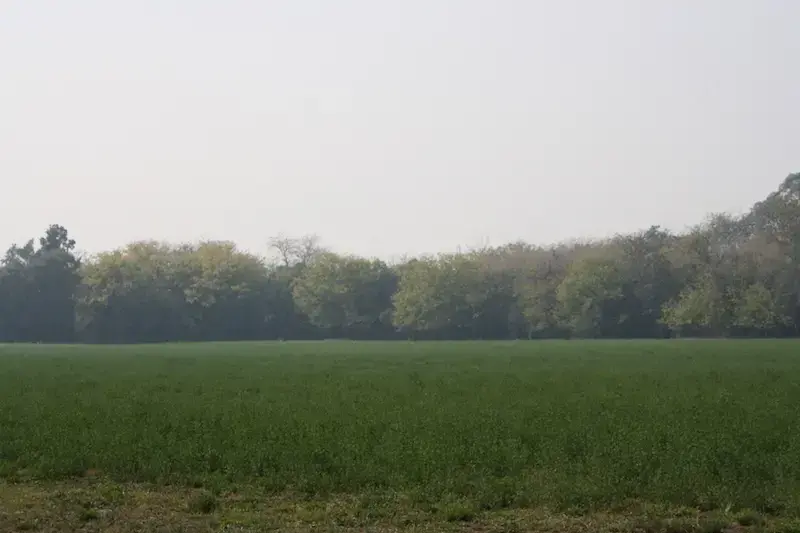
From 1985 onwards, Edgar started to use poultry manure instead of synthetic fertilisers and also installed sub-surface drip irrigation. He reduced the cropping intensity and turned more land over to lucerne, both for the dairy herd and for sale as hay.
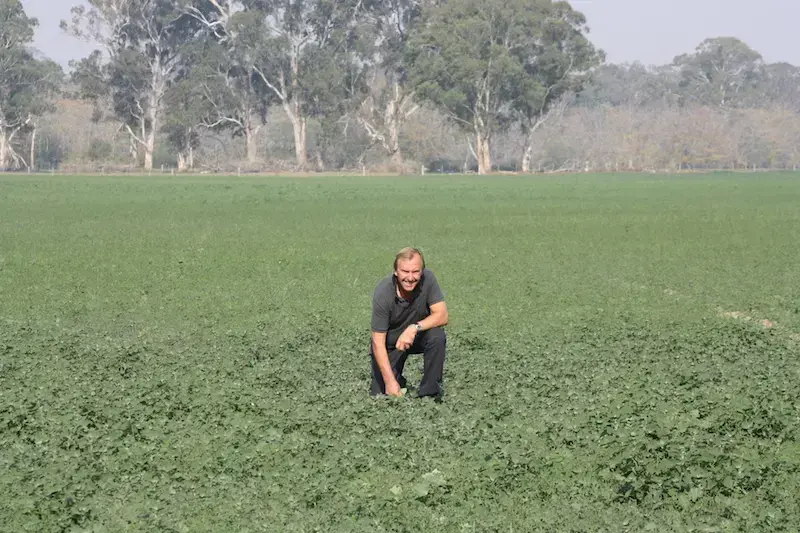
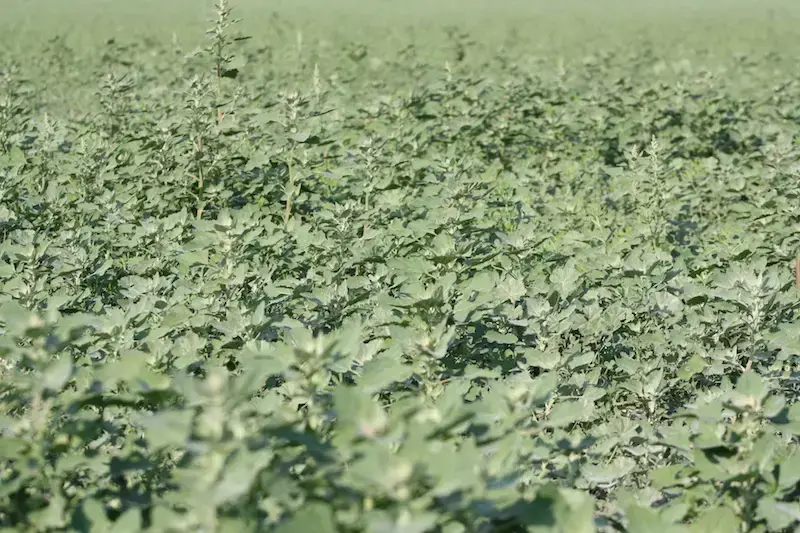
The deregulation of the milk market was a turning point. Edgar’s land also became subject to a Coal Seam Gas Exploration Licence, and the city of Sydney was encroaching.
Edgar adopted Natural Sequence Farming methods and started spreading a mixture of horse manure, sawdust, straw and urine on his paddocks. This was provided by a recycling business for free.
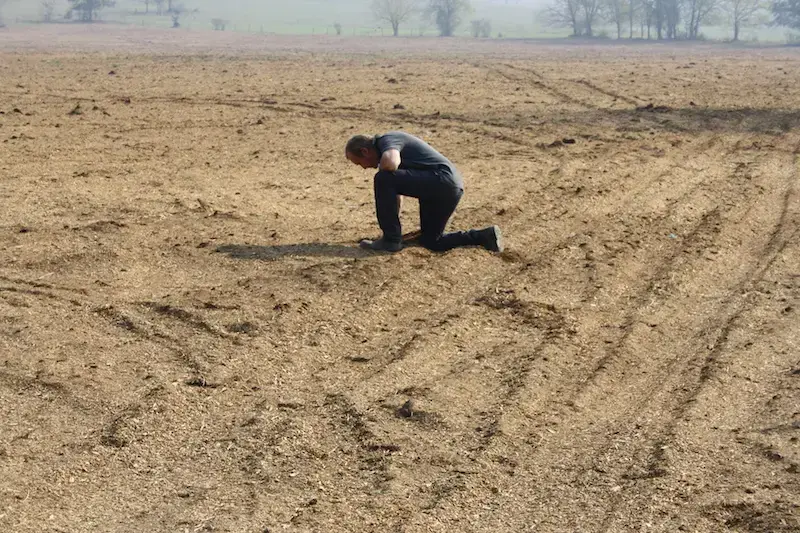
In a major development, the New South Wales Office of Environment and Heritage introduced BioBanking and Brownlow Hill became the pilot for this program. The rarity of remnant Cumberland Plain Woodland and the need for developers and the Government to offset destruction of this threatened ecological community has meant that Edgar’s least productive agricultural land has become his most valuable asset.

Edgar’s changed management practices have meant that he no longer uses chemicals. He rotates his crops and renovates his pastures as needed and his cattle don’t require drenching or inoculations. His heifers and cows are naturally mated and his crops are resistant to mites, aphids and other pests. There is no salinity evident in either the river water or the soil, and his cows don’t bloat, even when consuming wet lucerne, clover or summer forage. With these regenerative practices, Edgar is able to sustainably farm Brownlow Hill and continue his family tradition.
Background
THE BROWNLOW HILL STORY
Brownlow Hill is one of Australia’s most significant early agricultural and settlement sites, providing opportunities for research into change and development over more than 200 years.
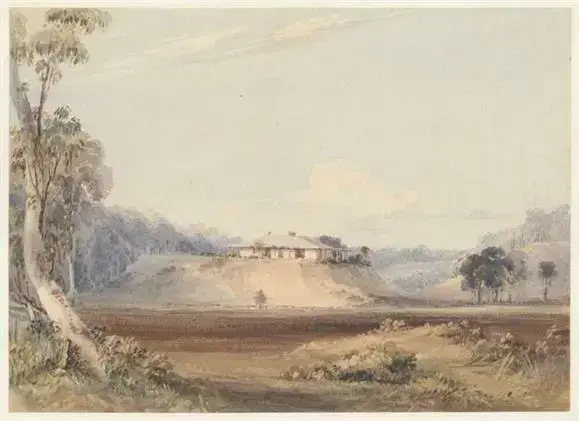
Watercolour by Conrad Martens, 1836 National Library of Australia
ECOLOGICAL HEALTH
This ecological assessment commences in 1973 when Edgar Downes returned to Brownlow Hill to run the property. Two examples of regenerative landscape management are found, corresponding to two very different land types; river flats and shale hills.
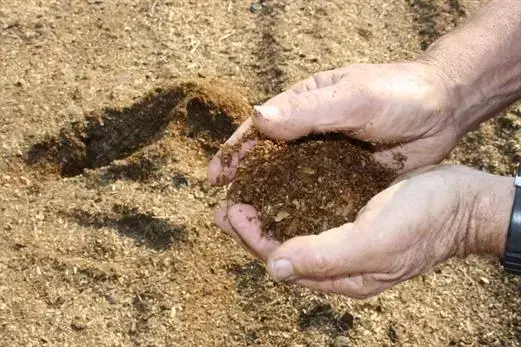
PRODUCTIVITY
Brownlow Hill’s production systems are based on two main land types found on the property – river flats characterised by deep alluvial soils and shale hills on the upper and lower slopes.
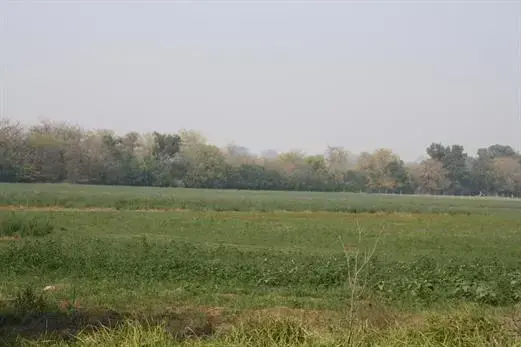
HEALTH AND WELLBEING
The current owners of Brownlow Hill, Edgar and Lynne Downes, are the fifth generation to call Brownlow Hill home. Their sense of responsibility and attachment to this property is strong.





